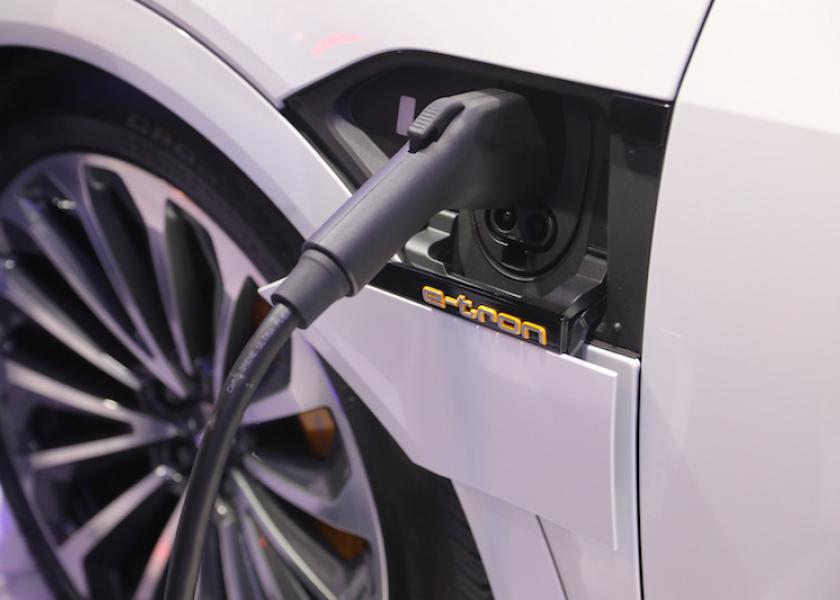Is the U.S. Prepared to Support Electric Vehicles?

The Biden administration has set a target to make half of all new vehicles sold by 2030 zero-emissions vehicles. Is the U.S. prepared to support battery electric, plug-in hybrid electric and fuel cell electric vehicles in eight short years?
Mark Mills, senior fellow at the Manhattan Institute, recently joined Chip Flory on AgriTalk to talk about the logistics and supply chain challenges ahead for electric vehicles.
Weighing the Options
Electric vehicles offer two “fill” options:
Level 2 Charger
Common in the Tesla and Chevy Volt, the Level 2 equates to a 220-volt charger. These chargers most likely:
• Are found in garages
• Installed at a low rate
• Take an average of 10 hours to fully charge an electric vehicle
Superchargers
Promoted as the new superior option, superchargers most likely:
• Are found at a community charging station
• Cost approximately $30,000
• Complete a charge within 40 minutes
The Catch
At 40 minutes, the supercharger charge time is 10 times longer than a gas pump stop of four minutes. If the number of electric vehicles increases, gas stations will require 10 times more charging stations than pumps based on current numbers.
Mills says gas station pumps cost an average of $15,000, while charging stations are twice as high at $30,000.
“We will need 10 times more of something that costs twice as much,” he says.
Supply Chain Pressure
According to Mills, China produces 80% to 90% of the world’s rare earth elements such as neodymium, an essential battery component. He says mineral shortages coupled with transportation issues make the 2030 electric vehicle goal “unrealistic.”
“If the world goes to electric vehicles by 2030, the mineral demands exceed the supply of all the mines that exist now, that are planned to be built today and all the mines we expect to build in the future,” Mills says. “It’s not going to happen.”
In regard to electric vehicles, Jim Wiesemeyer, Pro Farmer policy analyst, says “the flow of investment money is where opportunities are evident.”
Research in advancing battery life and power with the use of salt has been on Wiesemeyer’s radar. He sees electric vehicles, and other technology, advancing as battery life improves.
In a House Agriculture Committee hearing last week, Glenn Thompson (R-PA) considered the influence electric vehicles will have on rural America.
Thompson believes there are four pertinent questions the government must answer before diving headfirst into the realm of electric vehicles:
1. Who will pay for retail distribution and charging infrastructure?
2. Will electric vehicles meet the needs of all drivers like a conventional vehicle, without tradeoffs in cost, range, capacity or time of service, particularly for rural residents?
3. How will the transition to electric vehicles impact the liquid transportation fuel industry, particularly for agricultural producers and oil producers?
4. Will electric vehicle manufacturing increase our dependance on foreign nations for the raw materials necessary to build batteries?
More on electric vehicles:
> China May be on a Major Buying Binge (hoarding)
> John Phipps: Are Politics and Policy to Blame for the Gain in Gas Prices







